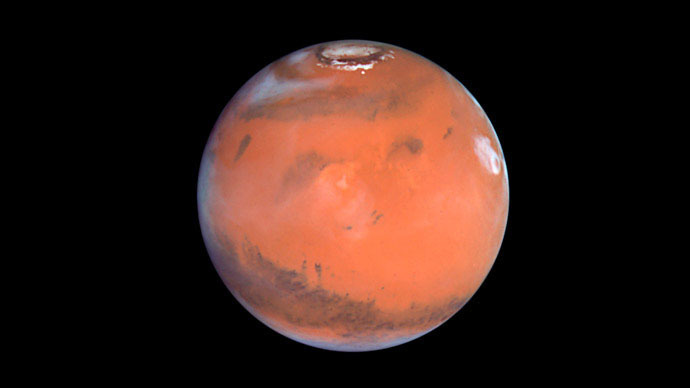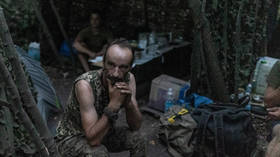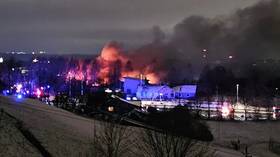Russia develops simulation system to imitate Mars atmosphere – report

Russian scientists say they have developed a unique computer system capable of replicating various space atmospheres, including the one on Mars. It can calculate various conditions in non-earth environments, including vacuum and radiation levels.
“Today, in order to test a space system, we need to be able to model an environment which can’t be found on Earth: the vacuum, radiation, temperature, its variations…,” Maksim Kuzyuk, General Director of the Technodynamica holding of Russian technologies corporation, Rostec, told RIA Novosti during the Le Bourget-2015 Air Show .
“Space technology has its own cycle, its own certification basis and testing system” and “there is no room for error” he added.
READ MORE: A Russian combat android will be up and running by the end of year, the developer says.
The system was developed by Russian scientists who work in the sphere of parachute engineering, Kuzyuk said.
“We can model the replica of the system, which will be found landing, for example, in the Martian atmosphere, and test equipment on Earth.”
READ MORE: Russian scientists drop new neutrino telescope into Lake Baikal
The new Russian system, which can imitate space atmospheres, is in high demand abroad as well, Kuzyuk added.
Such a system is “unique,” Kuzyuk said, adding that many companies from around the world “seek them [Russian scientists] for calculations.”
“Our system was built not only as some software product, but based on a large number of experiments that we’ve conducted and those experiments let us validate the calculation system itself. Such a system is unique; that’s why we have orders from all around the world. For example, we made the Ariane [rocket family] software,” Kuzyuk said.
The Martian atmosphere consists of mostly carbon dioxide (96 percent) and contains a lot of dust particles, which gives its sky a light brown or orange-red color.












